Earth’s only natural satellite, the Moon, typically orbits at a distance of about 239,000 miles, regulating everything from tides to climate patterns. In autumn 2024, the Moon will gain a tiny companion— a "mini-moon" named 2024 PT5. This mini-moon will follow a horseshoe-shaped orbit around Earth from September 29 to November 25, according to CBS News. Researchers published the details of 2024 PT5 in the journal Research Notes of the AAS.
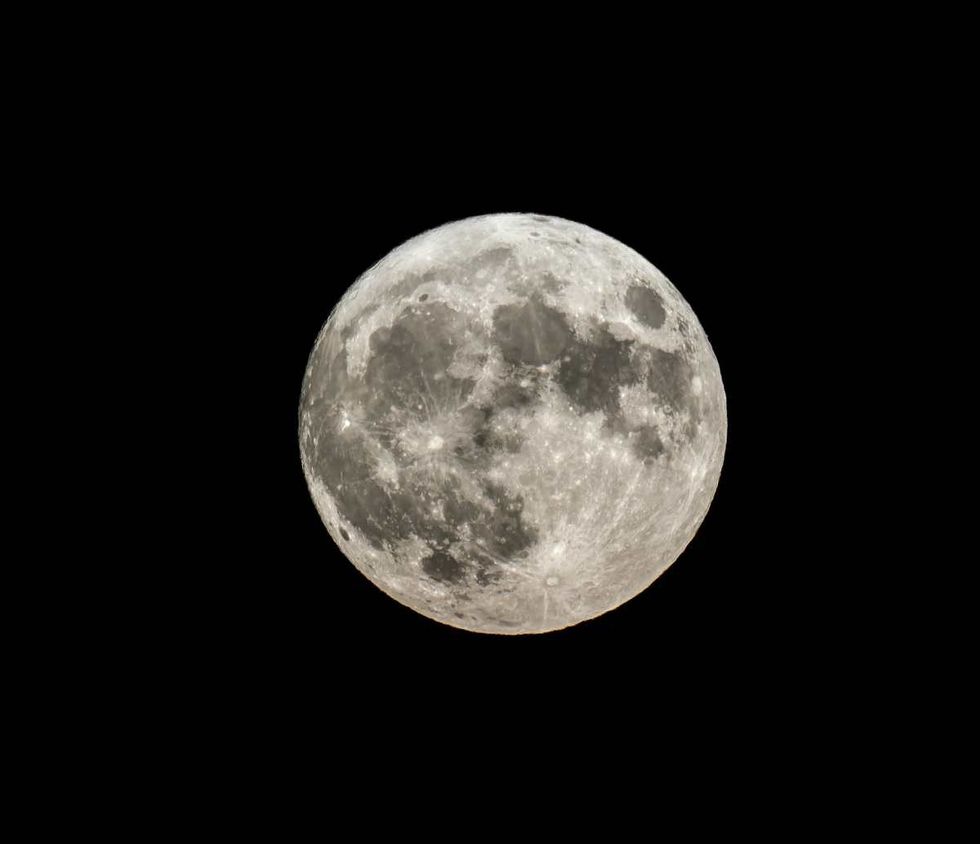
Earth’s primary moon has orbited it for roughly 4 billion years, since the solar system formed. During that formation, leftover debris became asteroids. When asteroids approach Earth, they either flit past the planet or leave a dent in Earth’s crust, per Forbes. But in some cases, these asteroids are captured by Earth’s gravitational pull, which causes them to orbit around the planet, becoming “mini-moons,” for short timeframes. The upcoming mini-moon, roughly the size of a city bus, will be trapped by Earth’s gravity for about two months. Researchers proposed that this asteroid belongs to the Arjuna asteroid belt which orbits the Sun.
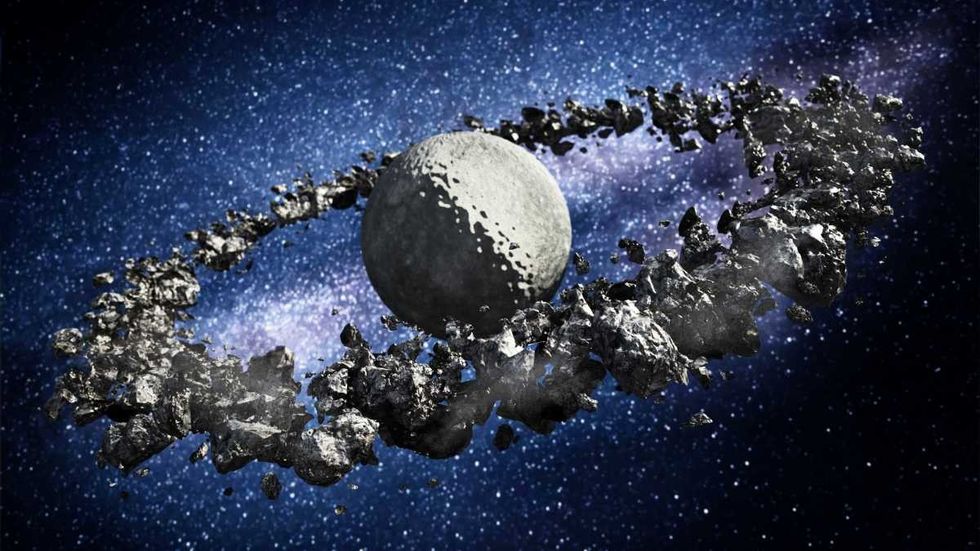
"The object that is going to pay us a visit belongs to the Arjuna asteroid belt, a secondary asteroid belt made of space rocks that follow orbits very similar to that of Earth at an average distance to the sun of about 93 million miles," the research's lead author and a professor at Universidad Complutense de Madrid, Carlos de la Fuente Marcos, told Space.com. "Objects in the Arjuna asteroid belt are part of the near-Earth object population of asteroids and comets." The asteroid was first discovered by researchers at Asteroid Terrestrial-impact Last Alert System, an asteroid monitoring system funded by NASA.
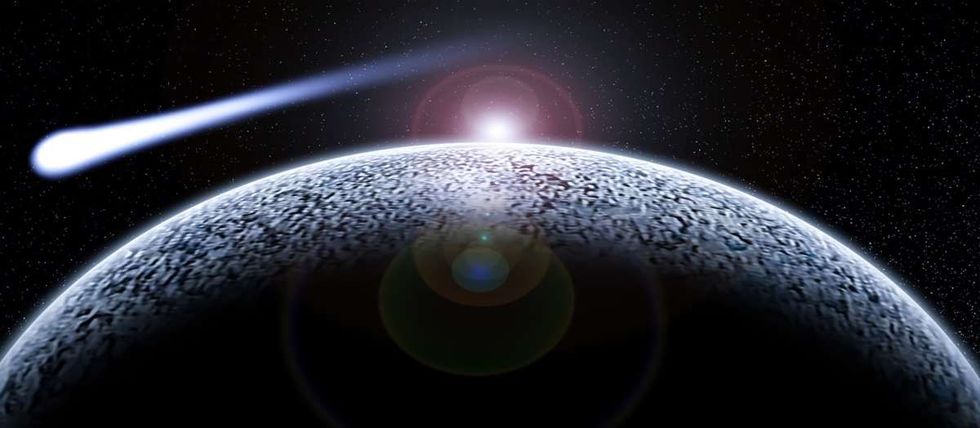
Marcos added that when objects in the Arjuna asteroid belt approach Earth within a range of 2.8 million miles at low velocities of around 2,200 miles per hour, they become mini-moons. Their geocentric energy becomes negative, and the object may become a temporary moon of the Earth, just like the "2024 PT5." Once it has completed its two-month rotation in Earth’s orbit, it will break free from Earth’s gravity and return to the Arjuna asteroid belt in the heliocentric orbit of the Sun. But even after it leaves Earth’s orbit, it will remain in proximity for a few more months, making another approach in January 2025, according to CBS News. Soon enough, it will be directed back to its own path where it will orbit for the next 30 years.
Unfortunately, skywatchers won’t be able to see 2024 PT5 with the naked eye due to its small size. "The object is too small and dim for typical amateur telescopes and binoculars. However, the object is well within the brightness range of typical telescopes used by professional astronomers," Marcos told Space.com. "A telescope with a diameter of at least 30 inches plus a CCD or CMOS detector is needed to observe this object, a 30-inch telescope and a human eye behind it will not be enough." Another surprising fact that this study has revealed is that this mini-moon could possibly be a piece ejected from an impact on the original Earth’s moon, and hence could be a piece of the Moon itself, per the New York Times. This is not the first mini-moon to be discovered. The researchers noted in the paper that two mini-moon events had occurred in 1981 and 2022.












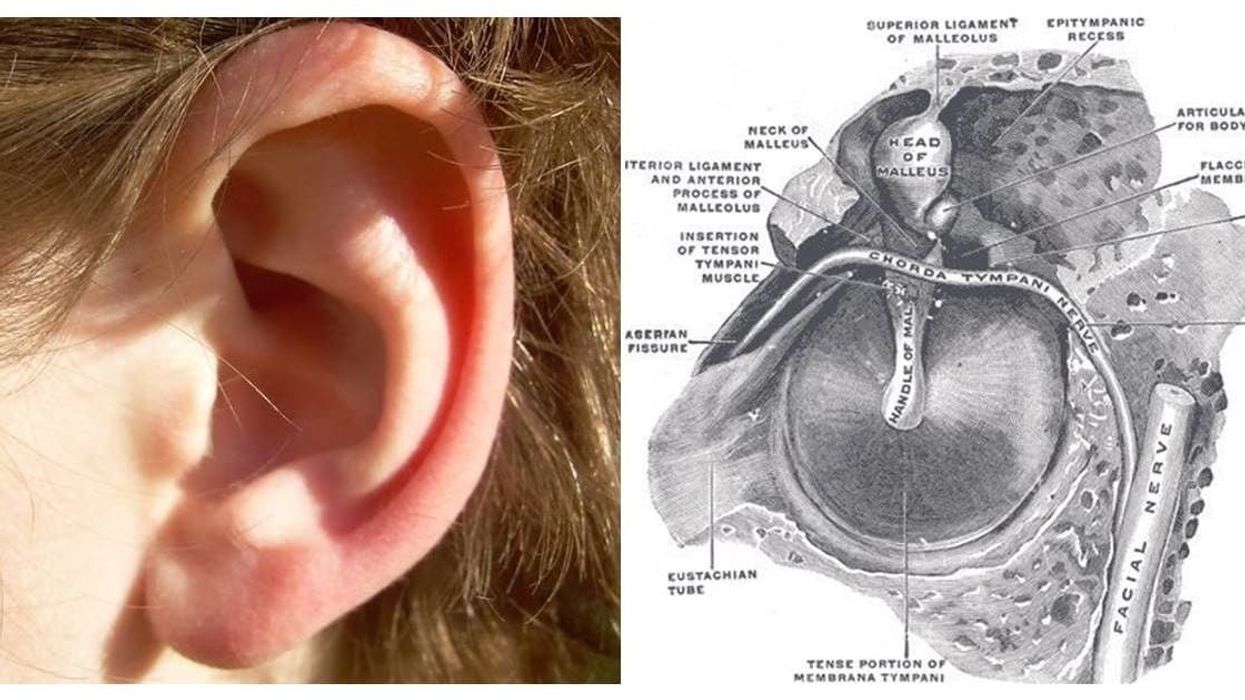





 Representative Image Source: Pexels | Anni Roenkae
Representative Image Source: Pexels | Anni Roenkae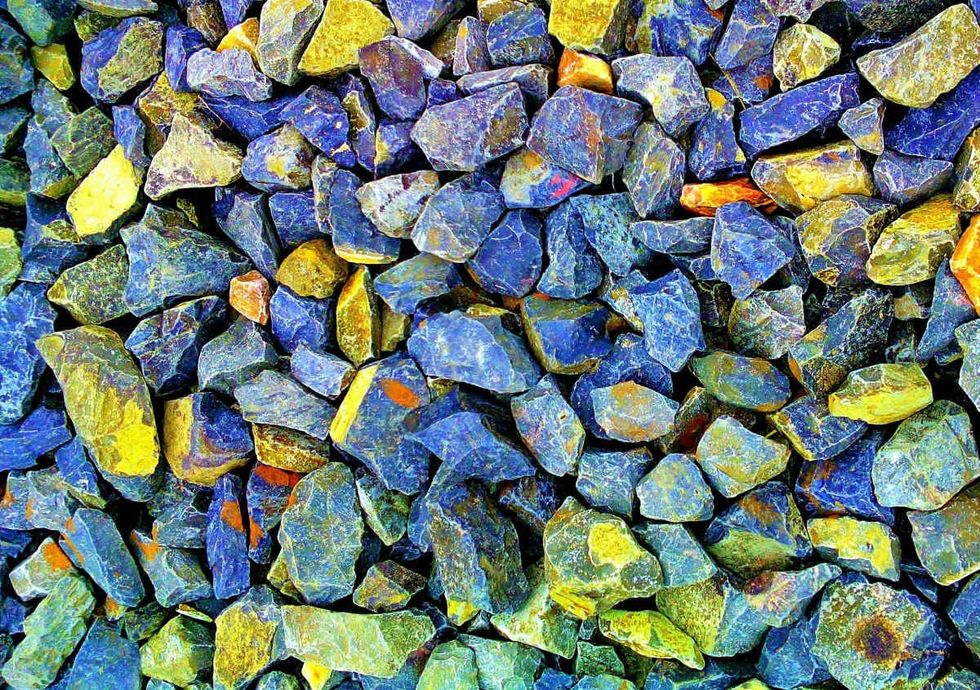 Representative Image Source: Pexels | Its MSVR
Representative Image Source: Pexels | Its MSVR Representative Image Source: Pexels | Lucian Photography
Representative Image Source: Pexels | Lucian Photography

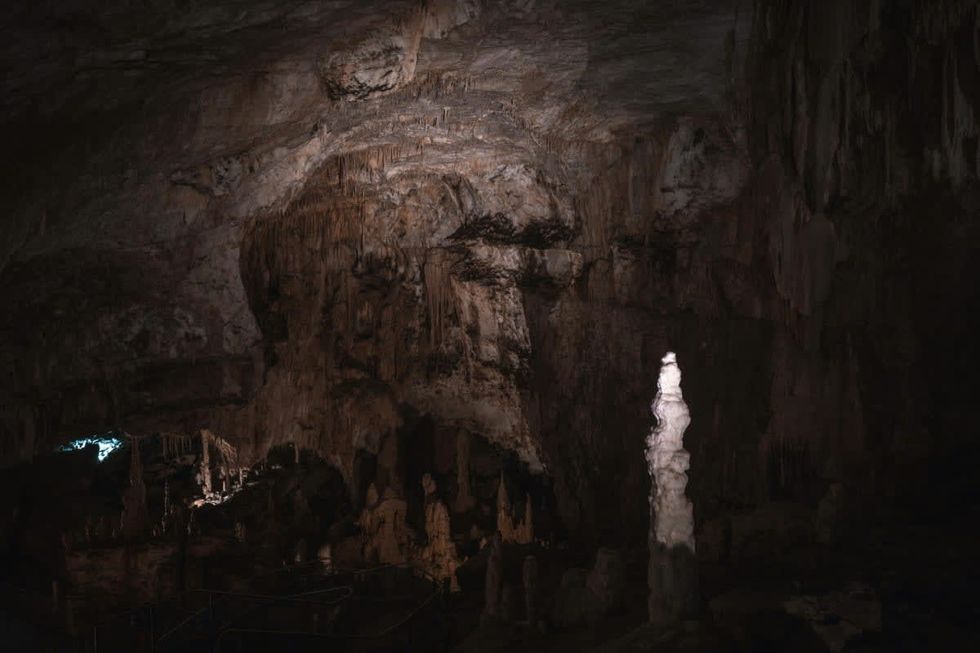 Representative Image Source: Pexels | francesco ungaro
Representative Image Source: Pexels | francesco ungaro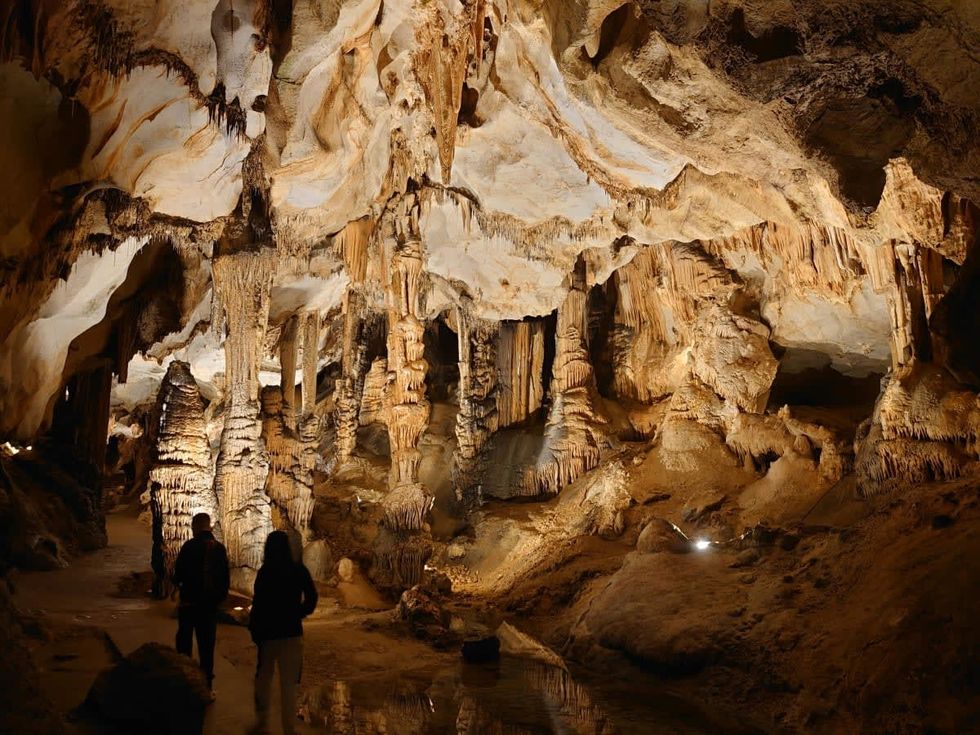 Representative Image Source: Pexels | parfait fongang
Representative Image Source: Pexels | parfait fongang Image Source: YouTube |
Image Source: YouTube |  Image Source: YouTube |
Image Source: YouTube |  Image Source: YouTube |
Image Source: YouTube | 
 Representative Image Source: Pexels | Hugo Sykes
Representative Image Source: Pexels | Hugo Sykes Representative Image Source: Sectional view of the Earth, showing central fire and underground canals linked to oceans, 1665. From Mundus Subterraneous by Athanasius Kircher. (Photo by Oxford Science Archive/Print Collector/Getty Images)
Representative Image Source: Sectional view of the Earth, showing central fire and underground canals linked to oceans, 1665. From Mundus Subterraneous by Athanasius Kircher. (Photo by Oxford Science Archive/Print Collector/Getty Images)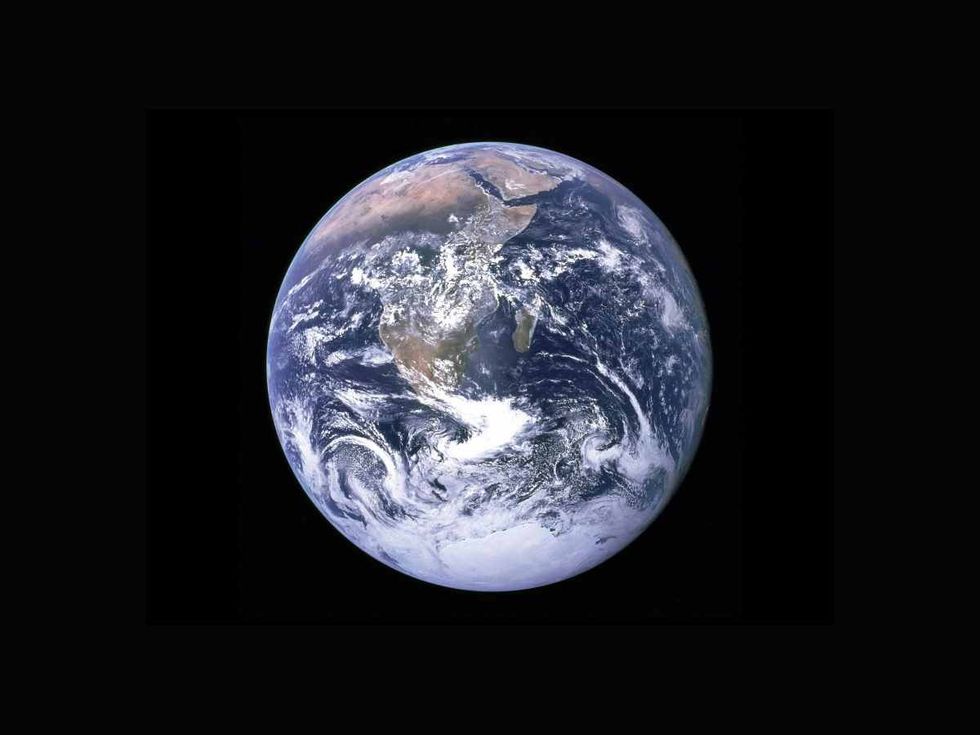 Representative Image Source: Pexels | NASA
Representative Image Source: Pexels | NASA




 Representative Image Source: Pexels | Steve Johnson
Representative Image Source: Pexels | Steve Johnson Representative Image Source: Pexels | RDNE Stock Project
Representative Image Source: Pexels | RDNE Stock Project Representative Image Source: Pexels | Mali Maeder
Representative Image Source: Pexels | Mali Maeder
 Photo: Craig Mack
Photo: Craig Mack Photo: Craig Mack
Photo: Craig Mack